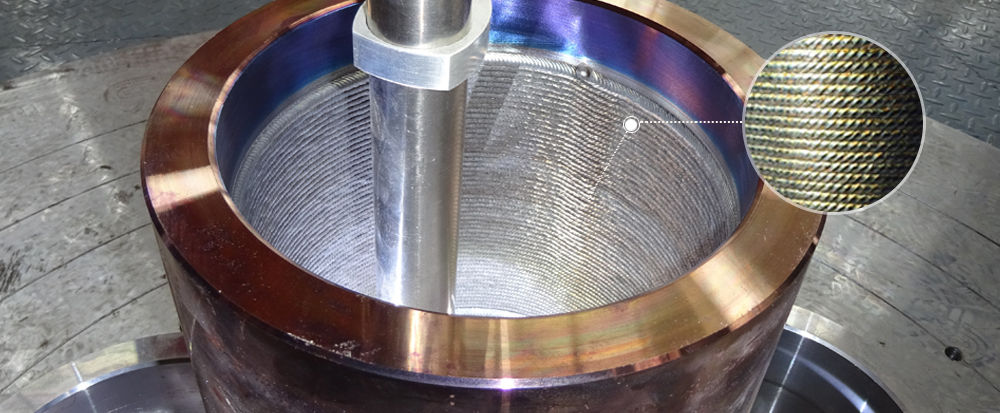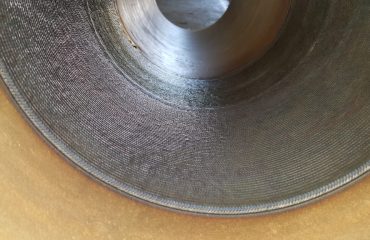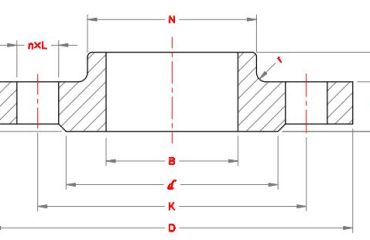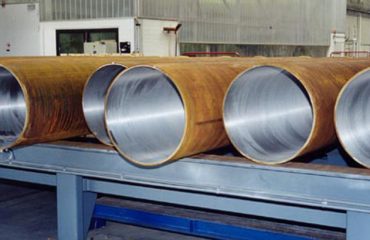
DIBARISI PAIP dan paip keluli berpakaian adalah dua jenis paip komposit yang digunakan untuk meningkatkan prestasi dan ketahanan sistem paip dalam pelbagai industri, terutamanya dalam persekitaran yang menghakis. Mereka berbeza dalam proses pembuatan mereka, ciri-ciri, dan kes penggunaan.
DIBARISI PAIP
Pipa berbaris terdiri daripada lapisan dalaman atau pelapik yang diperbuat daripada bahan tahan kakisan, seperti plastik, kaca, atau aloi tahan kakisan, yang dimasukkan ke dalam paip luar logam. Tujuan utama pelapik adalah untuk memberikan rintangan kimia dan kakisan, Melindungi paip luar dari media yang menghakis.
Paip yang dibarisi biasanya digunakan dalam industri di mana cecair yang sangat menghakis hadir, seperti pemprosesan kimia, minyak dan gas, dan pembuatan farmaseutikal. Ia juga digunakan dalam sistem rawatan dan pengedaran air untuk mencegah kakisan dan pencemaran.
Kelebihan paip berjajar
- ketahanan kakisan yang baik: Pelapik dalaman memberikan perlindungan yang sangat baik terhadap cecair yang menghakis, Memperluas hayat perkhidmatan daripada sistem paip.
- kos efektif: Paip berjajar biasanya lebih murah daripada paip berpakaian atau menggunakan paip aloi tahan karat yang kukuh.
- Berat badan yang lebih rendah: Paip berbaris lebih ringan daripada paip berpakaian, yang dapat mengurangkan berat keseluruhan a sistem perpaipan.
Paip keluli berpakaian
Paip keluli berpakaian dibuat dengan logam mengikat lapisan aloi yang tahan kakisan, seperti keluli tahan karat atau aloi nikel, ke keluli karbon atau asas keluli aloi rendah. Ini biasanya dicapai melalui proses seperti bergolek panas, ikatan letupan, atau pelapisan tindanan kimpalan.
Paip keluli berpakaian menawarkan keseimbangan antara Sifat Mekanikal daripada bahan asas dan rintangan kakisan lapisan pelapisan. Mereka biasanya digunakan dalam industri minyak dan gas, terutamanya dalam saluran paip bawah laut dan struktur luar pesisir.
Kelebihan paip keluli berpakaian
- Kekuatan ikatan unggul: yang ikatan metalurgi Dibentuk di antara bahan asas dan lapisan pelapisan memastikan sambungan yang kuat, mengurangkan risiko penyingkiran atau pemisahan.
- Sifat mekanikal yang lebih baik: Paip berpakaian menggabungkan kekuatan dan ketahanan bahan asas dengan rintangan kakisan lapisan pelapisan, menyediakan penyelesaian yang lebih mantap berbanding paip yang dibarisi.
- Ketebalan yang disesuaikan: Ketebalan lapisan pelapisan dapat disesuaikan dengan keperluan khusus aplikasi, menyediakan perlindungan optimum dan prestasi.
Kesimpulan
Perbezaan utama antara paip berjajar dan paip keluli berpakaian terletak pada proses pembuatan dan ciri -ciri mereka. Paip yang dibariskan terdiri daripada pelapik tahan kakisan dalaman yang dimasukkan ke dalam paip logam luar, sedangkan paip keluli berpakaian dibuat dengan logam mengikat lapisan aloi tahan karat ke bahan asas. Pilihan anda antara paip berbaris dan berpakaian bergantung pada aplikasi khusus anda, prestasi yang diperlukan, dan kekangan bajet.




anda mesti log masuk untuk menghantar komen.